How Craft Cannabis Is Made
Craft cannabis stands apart from its counterparts through a meticulous, hands-on approach to cultivation, processing, and packaging. Similar to the care put into crafting artisanal chocolates, We reveal the artisanal methods employed for seed-to-shelf cannabis production.
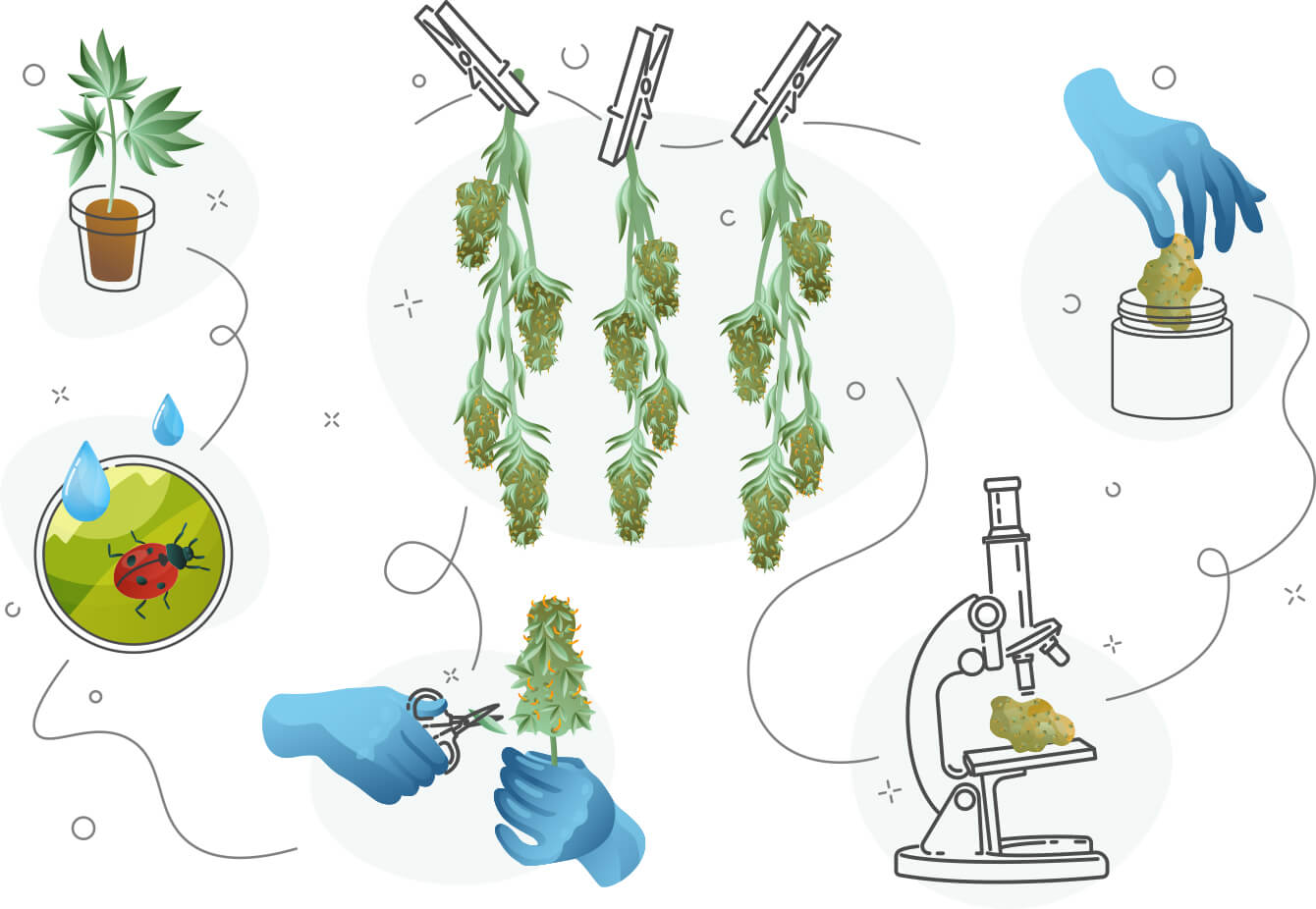
Craft cannabis distinguishes itself by embracing a slower, more contemplative method of growing, processing, and packaging, akin to the craftsmanship found in artisanal chocolatier treats.
Craft cannabis is defined as dried flower that undergoes hang-drying, hand-trimming, hand-packaging, and is cultivated in a small-batch facility producing less than 10,000 kg of dried cannabis annually (look out for the craft cannabis badge on dried flower and pre-rolls ).
To produce craft cannabis, there’s attention to detail paid every step of the way – craft cannabis means going back to basics.
Here’s an insight into the process.
Step 1: Choosing a Craft Strain

Craft cannabis, being produced in smaller yields, often involves experimenting with new, regional, or specialty strains that demand a higher level of care. Most facilities with a roster of strains, select those thriving in their greenhouse and living soil environment.
Breeding programs can be developed to select strains with enhanced pest and disease resistance, which in turn creates the potential for advancements in cannabinoid production and furthers sustainability efforts.
Step 2: Cultivating the Crop
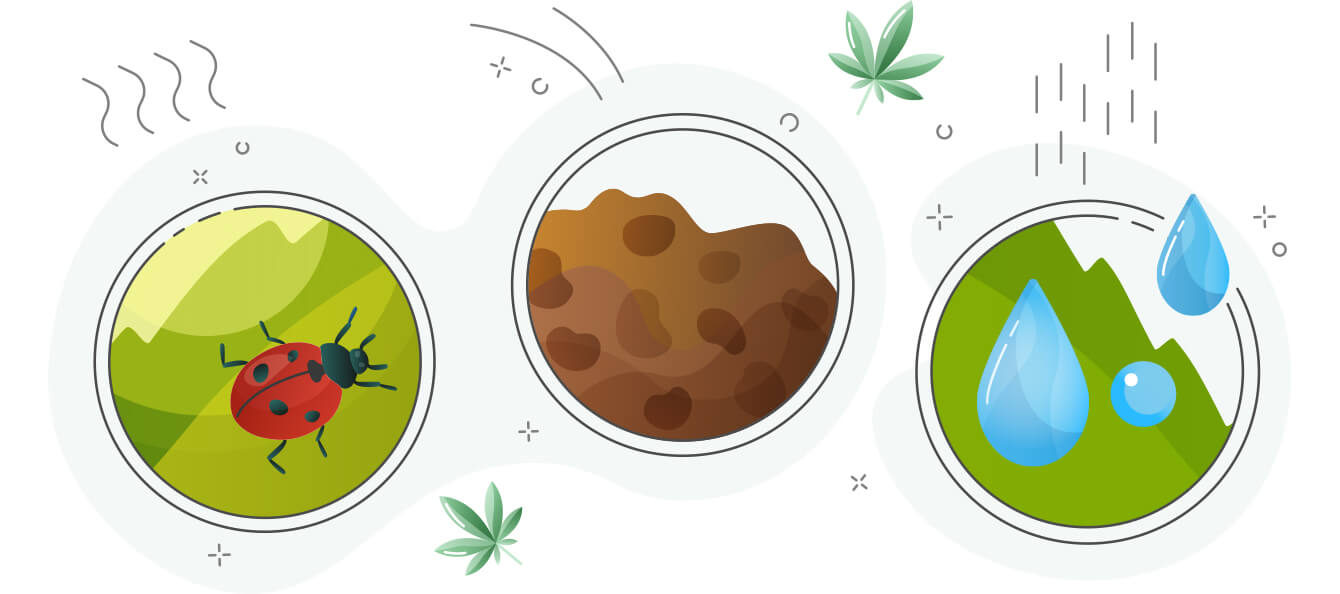
Craft cannabis producers may adopt various growing methods, with some, focusing on eco-conscious practices. Many facilities aim for net-zero waste and prioritise water conservation, moving towards 100% rainwater recycling.
Using a “unique recipe” of hand-mixed living soil, (fish waste, kelp, and bark, for instance) can create a thriving environment for the plants. For pest control, beneficial organisms like ladybugs can be introduced instead of artificial pesticides.
Step 3: Trimming and Harvesting

A key criterion for craft cannabis, is that the flower undergoes hand processing. This is where craft cannabis producers truly get hands-on.
Daily inspections, hand-manicuring the crops to ensure robust bud growth. Harvesting is also done by hand to protect the delicate trichomes and maintain the integrity of the flower. The goal is a “well-trimmed with a well-balanced density,” says Doig.
Once harvested, the flower is ready for the drying process.
Step 4: Drying and Curing
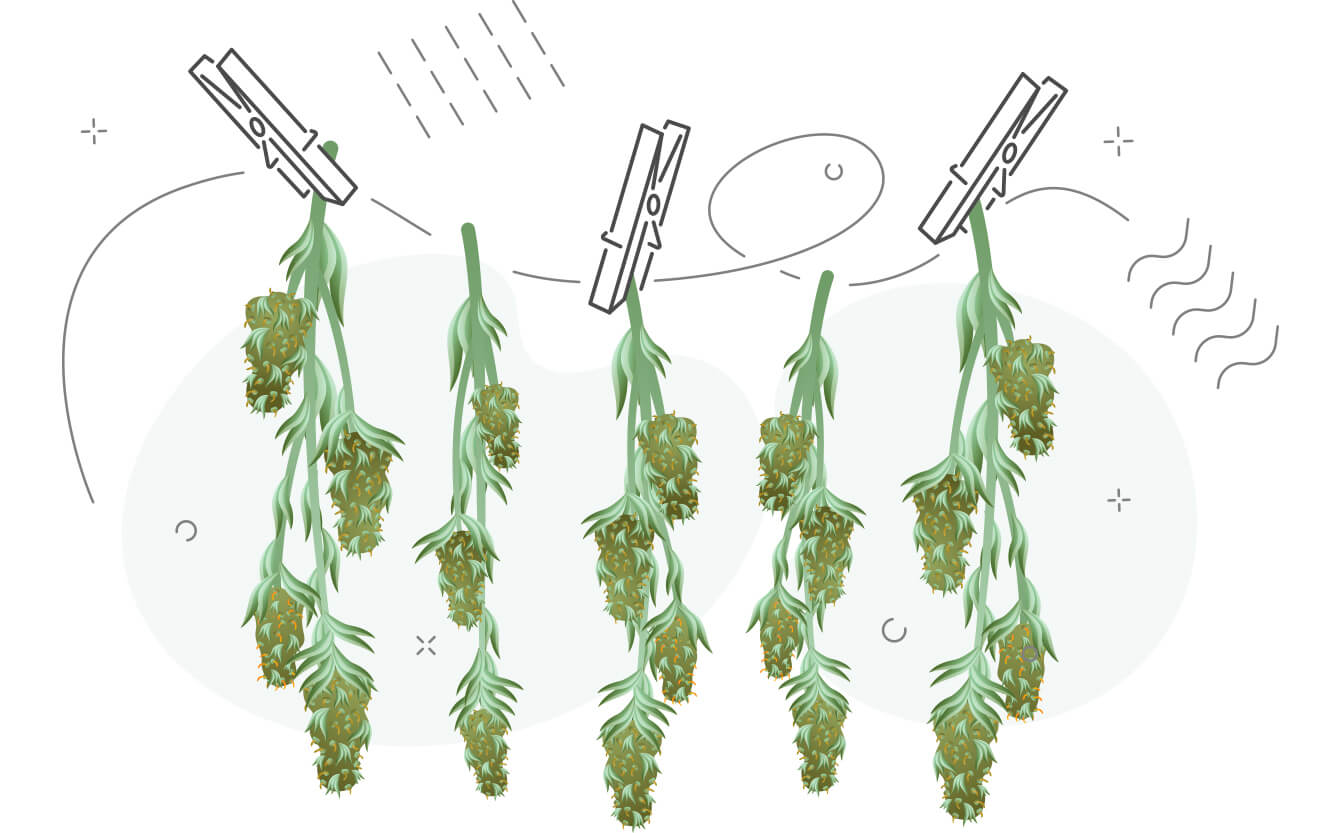
Patience is a virtue in the craft cannabis world. Instead of hastening the drying process with trays and high heat, craft producers hang full branches to dry for several weeks in a dark, temperature- and humidity-controlled room. This preserves the aroma and cannabinoid potency while maintaining proper moisture content.
After sufficient drying, the flower undergoes a slow curing process in large bags and boxes in a cold room for at least two weeks. This ensures equalisation of moisture and breakdown of residual chlorophyll and sugars, resulting in a smooth-burning final product.
Once dried and cured, the flower is prepared for packaging or, in the case of many craft producers, milling and rolling into pre-rolls.
Step 5: Testing 1-2-3
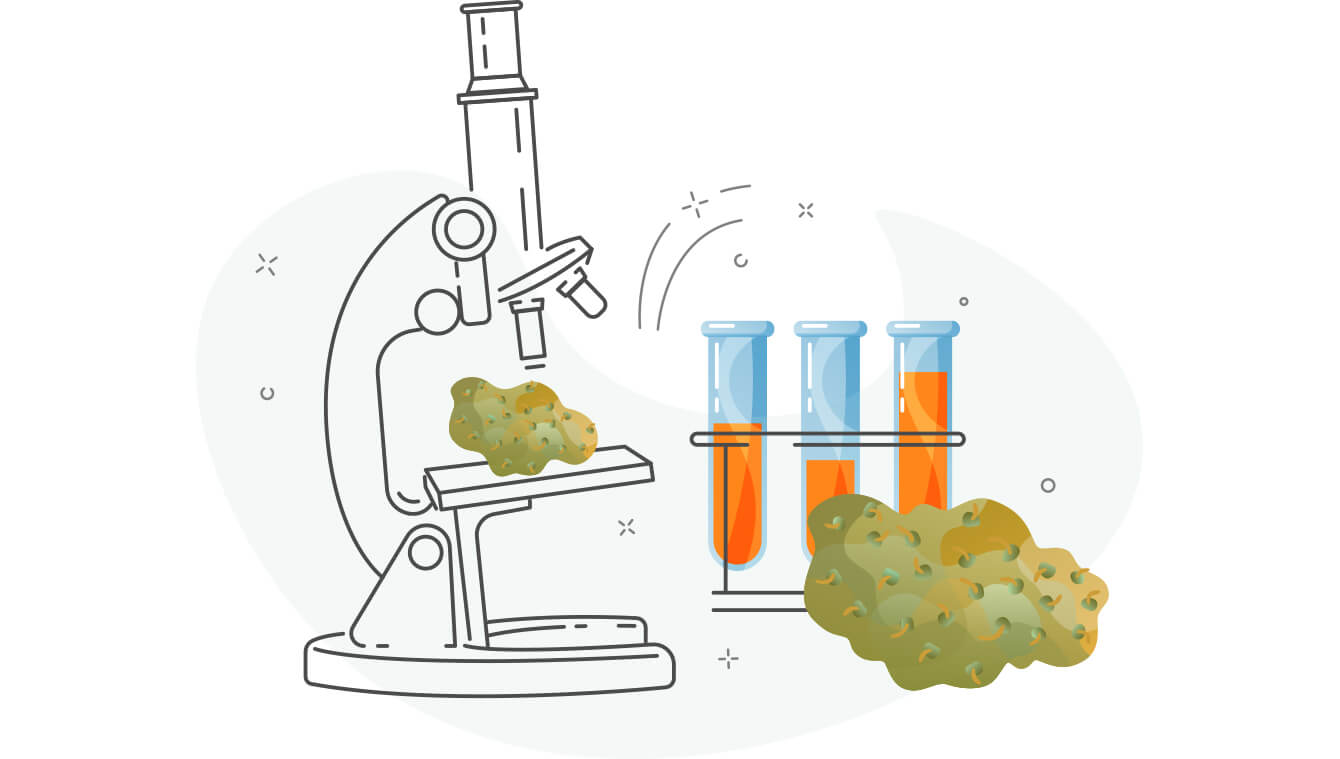
All legal cannabis products undergo testing in accordance with the Cannabis Regulations. Most tests cannabis during the final stage of the curing process to ensure accurate cannabinoid and terpene levels.
Third-party labs are employed for accurate and reliable data. Each batch comes with a certificate of analysis, and traceability is maintained for every ingredient.
Step 6: Package It Up, Ship It Out
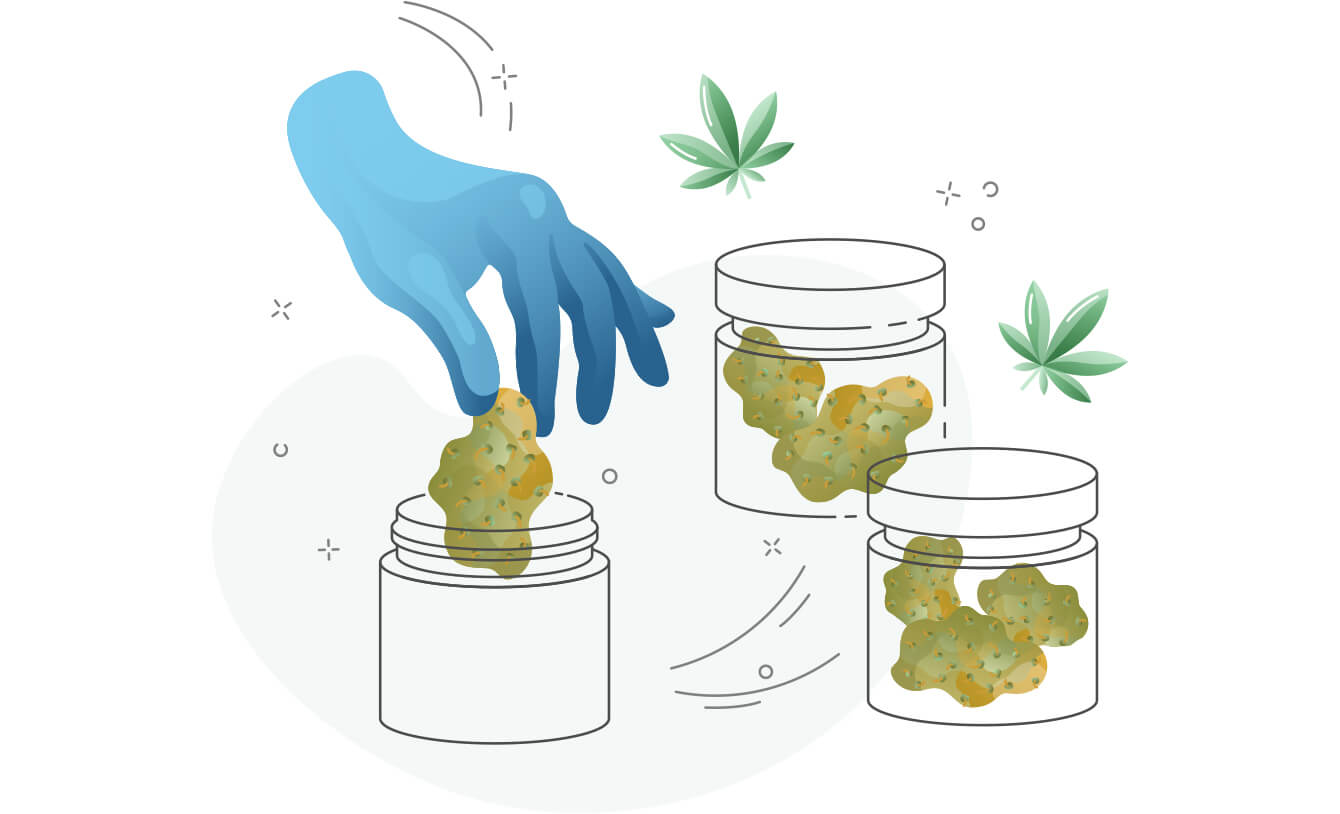
Preserving the delicate trichomes handled with care throughout the process, craft cannabis is typically hand-packaged in recyclable glass jars that are air-sealed to maintain freshness.
Following legally required labelling, including the standardised cannabis symbol, brand name, THC and CBD content, health warning message, and required product information, along with the excise stamp certifying legality, the products are shipped nationwide.
